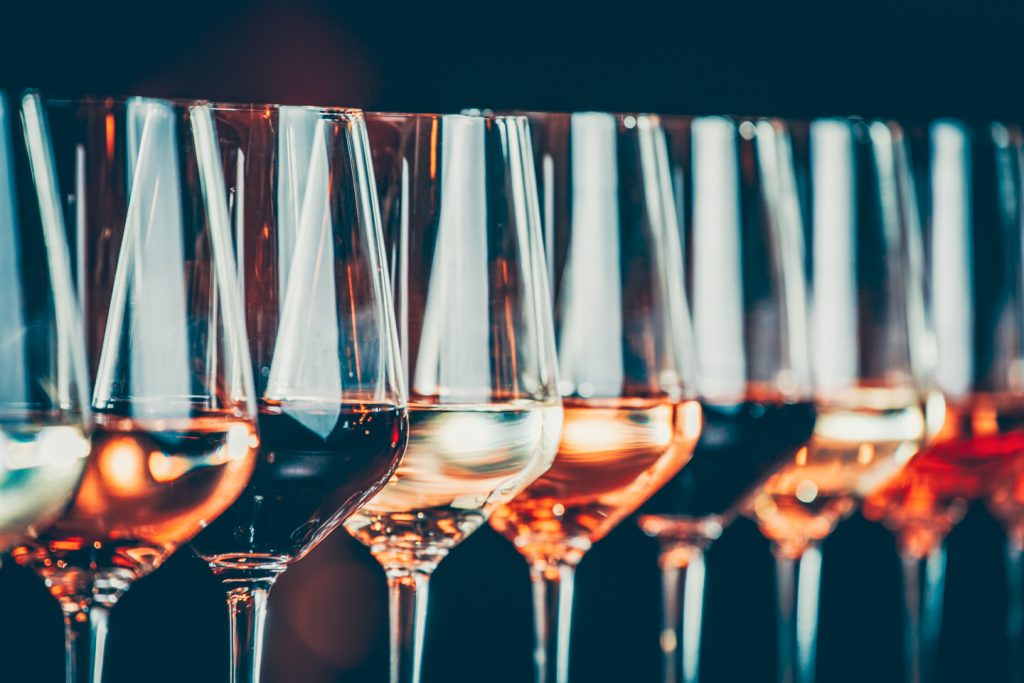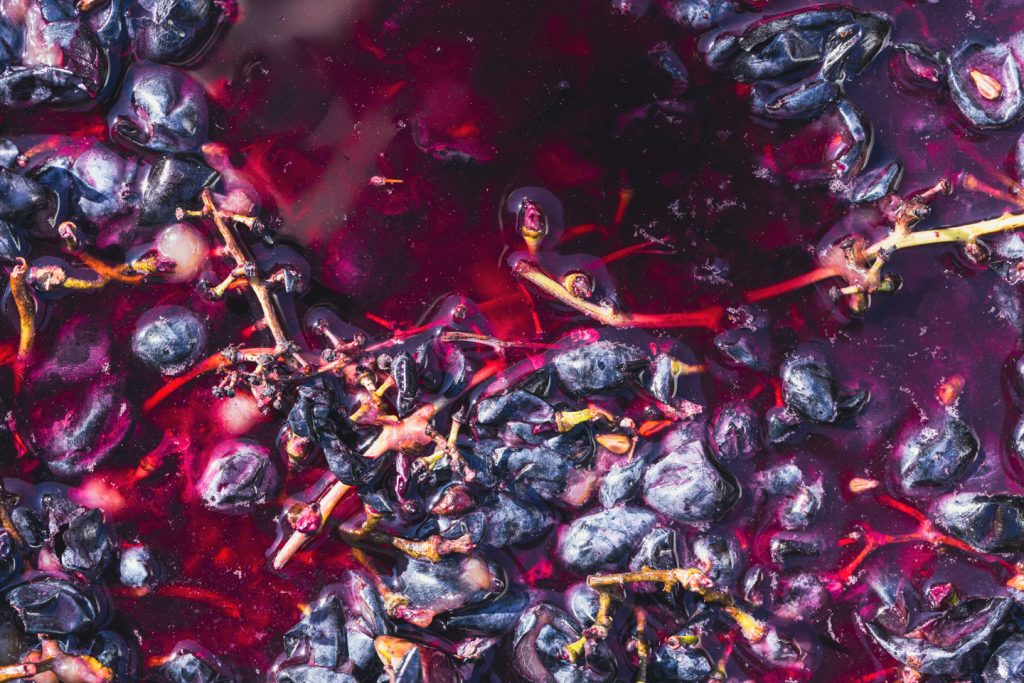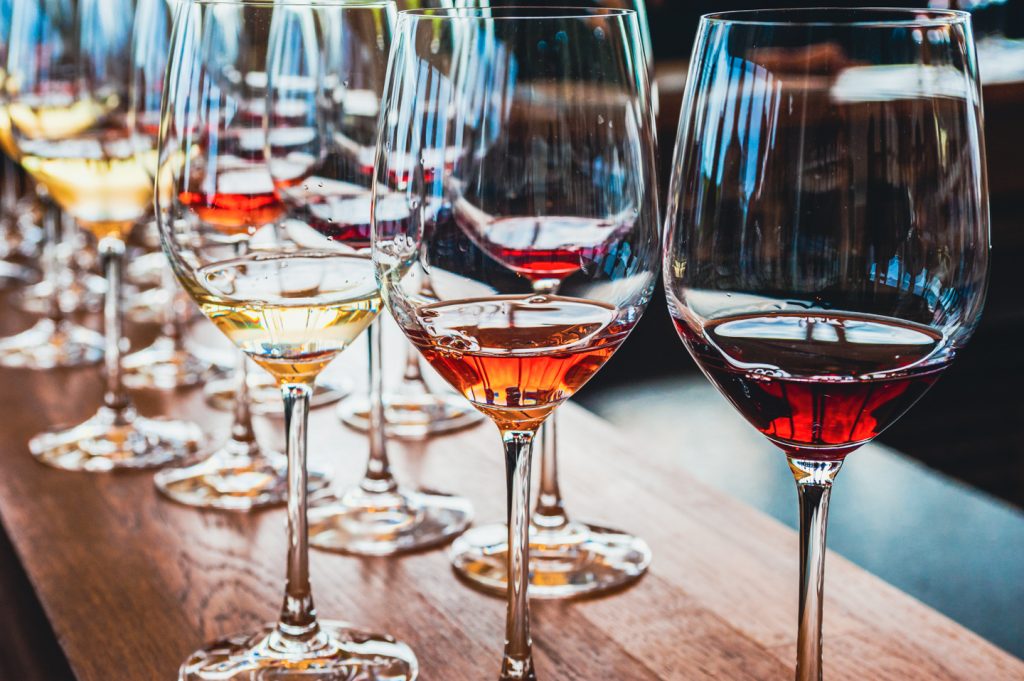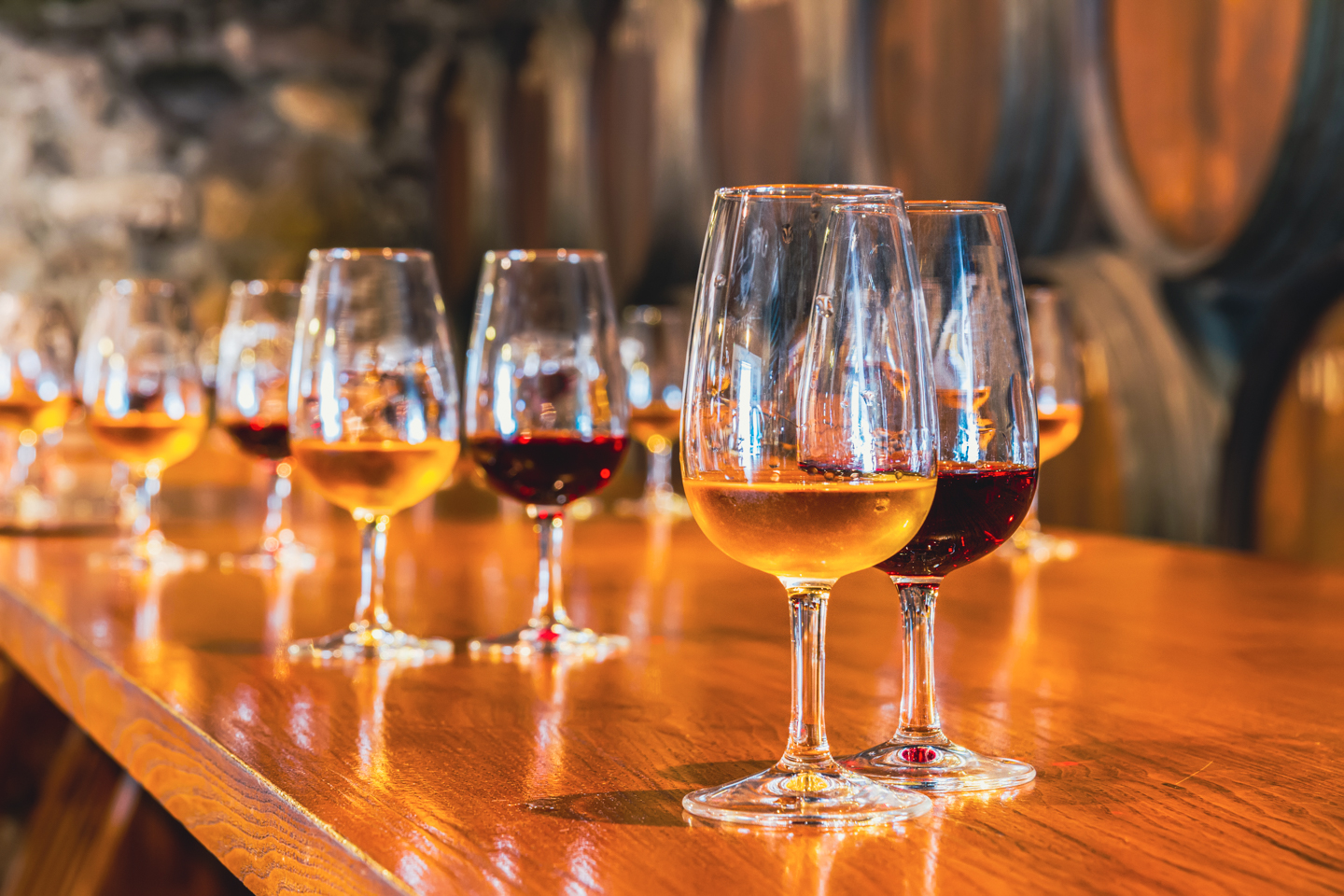Wine Tasting Guide: The Structure of Wine
Choosing a wine can be tricky. Sometimes it seems easier to just stick with the brand or variety that we know. But it’s actually quite easy to learn how to make the perfect choice for the right occasion – or maybe try something new.
We’ve put together a quick wine tasting guide to help you understand the structure of wine and some of the terminology on the back of the bottle.
Working out which wines you like and how to choose the perfect wine for any occasion, becomes a whole lot easier when you know a little bit about the structure of wine.
The Five Dimensions of Wine Tasting
There are five dimensions that contribute to a wine’s structure; Sweetness, acidity, body, tannins and flavour notes.
1. Sweetness
The first thing people notice when wine tasting is the sweetness levels. The sweetness comes from sugars that are naturally present in the wine, coming from fructose in the fruit. During fermentation, this sugar is converted to alcohol by yeast. Winemakers sometimes stop the fermentation early to retain some of the sweetness.
A wine’s sweetness is described according to this scale:
- Sweet (as in a dessert wine)
- Medium (moderately sweet)
- Off dry (slightly sweet)
- Dry (not very sweet)

2. Acidity
Although it might sound off-putting, acidity is what gives wine its interesting tang and freshness. Without acidity, the wine can be too sweet and syrupy.
The acidity is never added though — it’s not like adding a squeeze of lemon to your cooking. Acidity comes from the grape juice itself and differs depending on the variety and climate where the grapes were grown. Wines with higher acidity usually come from cooler growing regions.
A wine’s acidity is described as low, medium, or high. Winemakers balance sweetness and acidity to create different styles of wine, so when wine tasting don’t be put off by wine that is described as having high acid. Many Sauvignon Blancs fall into this category and that’s one of the most popular wines in the world.
3. Body
The body describes the feeling of the wine in your mouth. An important part of wine tasting is deciding whether a wine is light or heavy, viscous or full-bodied. You will often see words relating to weight used as descriptors. The wine’s alcohol level, sugar, tannins and flavours all contribute to the body. Ideally, the body should ideally reflect the feel of the occasion and the food being served, as well as your own mood.
4. Tannins
Tannins are mostly found in red wine and refer to the bitter notes in wine. Wines with high tannins create a drying sensation in the mouth and will seem to draw moisture away from the teeth and gums. High tannin reds are often paired with salty, savoury foods which soften this effect, making the wine seem softer.
The tannins come from the grape skin, seeds and stems that remain during the fermentation process. The pigment from the skins also give red wine its colour. Because the skins are typically removed during the fermentation of white wine, white wines are very low in tannin. In fact, some white wines have no tannin at all.

5. Flavour Notes
The flavour notes tell you which tastes and smells to expect. These flavours aren’t added – the wine gains these characteristics.
Flavours vary widely, from different fruits, such as peach, cherry or melon, to herbs and minerals. The flavour notes can be as different as baked bread and diesel. While a wine tasting of diesel and old leather might sound quite revolting, remember, these are very subtle hints detected by a highly trained expert.
Your own palate may not detect these flavours at all. That is where wine tastings at vineyards really come into their own because you get to experience wines that you might not take a risk on if you were buying a whole bottle.
The flavours present in wine come from a variety of aspects including:
- region of origin
- soil composition
- the year of harvest
- the stage at which the grapes were harvested
- production methods
- the amount of time the wine has been in the barrel or bottle, and
- the amount of time the bottle has been opened and poured.
That means a wine left in the fridge for a few days will have subtle differences in flavour to one opened and tasted immediately.

Wine Tasting: Finding your Style
Great winemakers manipulate each of these five dimensions to create particular styles of wine.
When wine tasting, see if you can identify each of these elements. This will help you to understand the structure of the wine, as well as helping you figure out what you personally like or dislike about a wine or style.
Lastly, pay attention to the finish. The finish describes how the wine lingers in your mouth to leave a taste impression. People often describe good quality wines as having a long finish.
Conclusion: Wine Tasting Guide
We hope you’ve gained a little more understanding about wine tasting and the sometimes crazy-sounding things they put on the back of the bottle.
Bear in mind that professional wine tasters take many years to fine-tune their palate so they can accurately describe wine.
The ability to detect the many different characteristics of wine only comes with lots of wine tasting practice. So, the more you practice, the better you get at appreciating the wine you are drinking.
Now isn’t that lucky?







